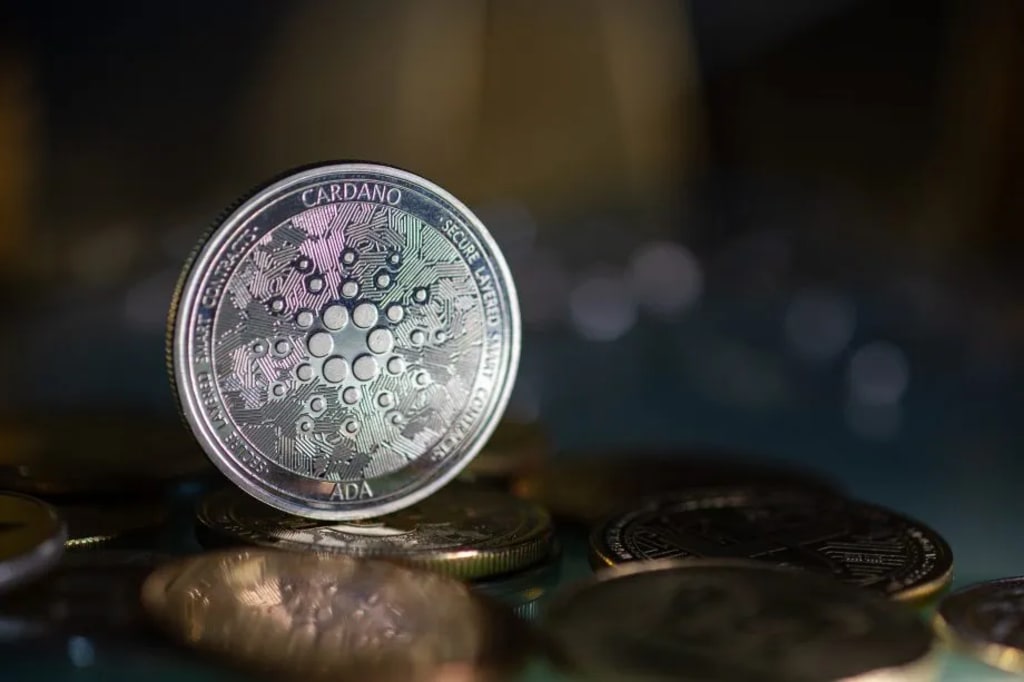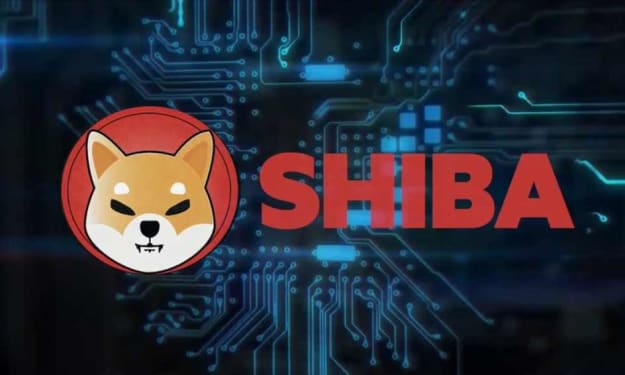
What Is Cardano (ADA)?
Cardano is a proof-of-stake blockchain platform that says its goal is to allow “changemakers, innovators and visionaries” to bring about positive global change.
To learn more about this project, check out our deep dive of Cardano.
The open-source project also aims to “redistribute power from unaccountable structures to the margins to individuals” — helping to create a society that is more secure, transparent and fair.
Cardano was founded back in 2017, and named after the 16th century Italian polymath Gerolamo Cardano. The native ADA token takes its name from the 19th century mathematician Ada Lovelace, widely regarded as the world’s first computer programmer. The ADA token is designed to ensure that owners can participate in the operation of the network. Because of this, those who hold the cryptocurrency have the right to vote on any proposed changes to the software.
The team behind the layered blockchain say that there have already been some compelling use cases for its technology, which aims to allow decentralized apps and smart contracts to be developed with modularity.
In August 2021, Charles Hoskinson announced the launch of the Alonzo hard fork, causing Cardano price to surge, gaining 116% in the following month. On Sept. 12, 2021, the Cardano ‘Alonzo’ hard fork officially launched, bringing smart contract functionality to the blockchain. Over 100 smart contracts were deployed in the following 24 hours after the launch.
Cardano is used by agricultural companies to track fresh produce from field to fork, while other products built on the platform allow educational credentials to be stored in a tamper-proof way, and retailers to clamp down on counterfeit goods.
Who Are the Founders of Cardano?
Cardano was founded by Charles Hoskinson, who was also one of the co-founders of the Ethereum network. He is the CEO of IOHK, the company that built Cardano’s blockchain.
In an interview for CoinMarketCap’s Crypto Titans series, Hoskinson said that he got involved in cryptocurrencies back in 2011 — and dabbled in mining and trading. He explained that his first professional involvement in the industry came in 2013, when he created a course about Bitcoin that ended up being taken by 80,000 students.
As well as being a technology entrepreneur, Hoskinson is also a mathematician. In 2020, his technology company donated ADA worth $500,000 to the University of Wyoming’s Blockchain Research and Development Lab.
What Makes Cardano Unique?
Cardano is one of the biggest blockchains to successfully use a proof-of-stake consensus mechanism, which is less energy intensive than the proof-of-work algorithm relied upon by Bitcoin. Although the much larger Ethereum is going to be upgrading to PoS, this transition is only going to take place gradually.
The project has taken pride in ensuring that all of the technology developed goes through a process of peer-reviewed research, meaning that bold ideas can be challenged before they are validated. According to the Cardano team, this academic rigor helps the blockchain to be durable and stable — increasing the chance that potential pitfalls can be anticipated in advance.
In 2020, Cardano held a Shelley upgrade that aimed to make its blockchain “50 to 100 times more decentralized” than other large blockchains. At the time, Hoskinson predicted that this would pave the way for hundreds of assets to run on its network.
The Alonzo hard fork launch in September 2021 will bring an end to the Shelley era, and usher in the Goguen phase. Users can develop and deploy smart contracts on Cardano, allowing native decentralized applications (DApps) to be built on blockchain. Cardano price broke the $3 mark and hit an all-time high of $3.101 on Sept. 2, 2021, ahead of the launch.
What Is Cardano’s Vasil Hard Fork?
Named after late Bulgarian mathematician Vasil Dabov, a prominent contributor to Cardano, the Vasil hard fork is touted as one of the most highly-anticipated upgrades for Cardano. The hard fork is the third development epoch of Cardano and is supposed to introduce several upgrades to the blockchain’s smart contract programming language Plutus and the network’s capacity.
The event was originally billed to happen in June 2022, but has been postponed a number of times.
Vasil will introduce five critical mechanisms to improve Cardano’s scalability and usability — CIP-31, CIP-32, CIP-33, CIP-40 and diffusion pipelining.
CIP-31, aka “reference inputs” will introduce a new kind of input that would allow developers to look at the result of an output without having to spend it. This would optimize transaction throughput and increase concurrency.
The CIP-32 proposal aims to enable inline datums. Rather than attach datum to datum hashes, which is the current state of things, CIP-32 would allow developers to attach datums to outputs. By implementing this update, devs can code scripts that directly point to the input, making room for simpler and quicker communication of datum values between users.
The Cardano Improvement Proposal 33 would allow reference scripts to be attached to outputs. As a result, the reference scripts are used to satisfy the validation requirements in place of the spending transaction. These reference scripts will make the validation process more efficient and reduce the size of transactions.
Meanwhile, CIP-40 features a brand-new type of output to transactions called collateral outputs, aimed at improving the overall scalability of the network.
Diffusing pipelining is Cardano’s consensus layer scaling solution. The improvement proposal will see more DApp deployment by overlaying some of the steps that a block needs to go through as it moves across the chain: this would allow for concurrent transactions.
About the Creator
Financial Independents
The only way to do great work is to love what you do. If you haven’t found it yet, keep looking. Don’t settle. As with all matters of the heart, you’ll know when you find it.






Comments
There are no comments for this story
Be the first to respond and start the conversation.